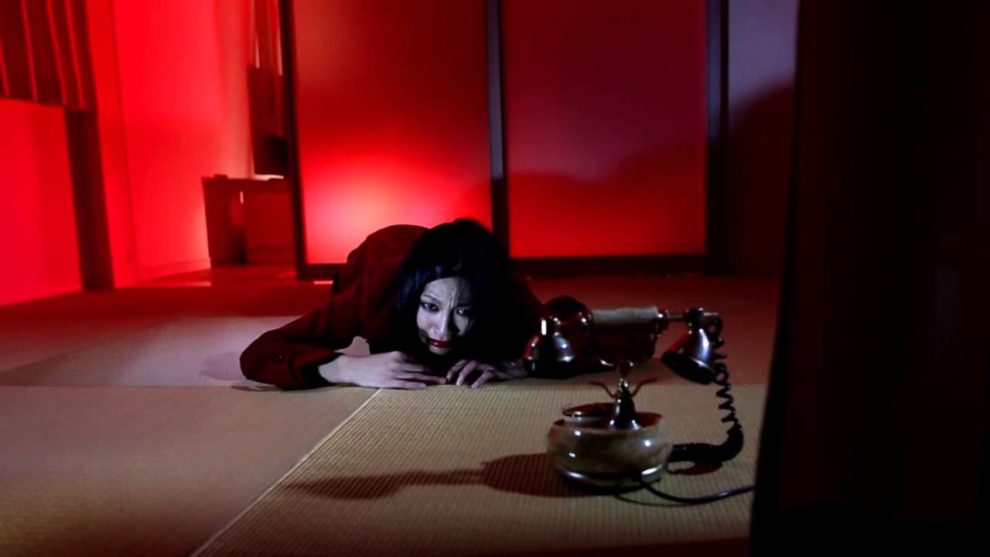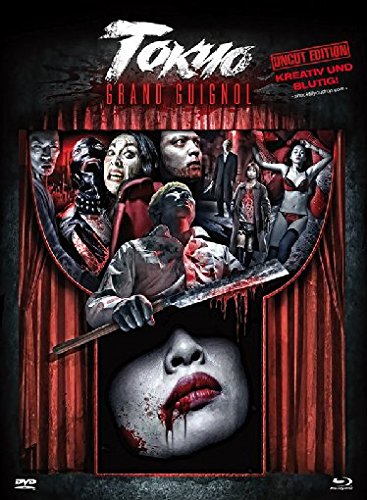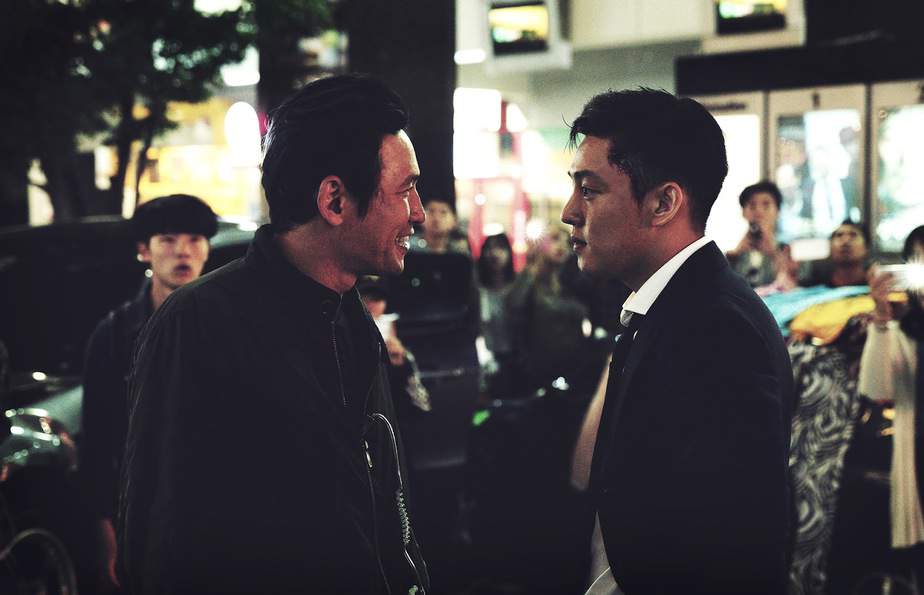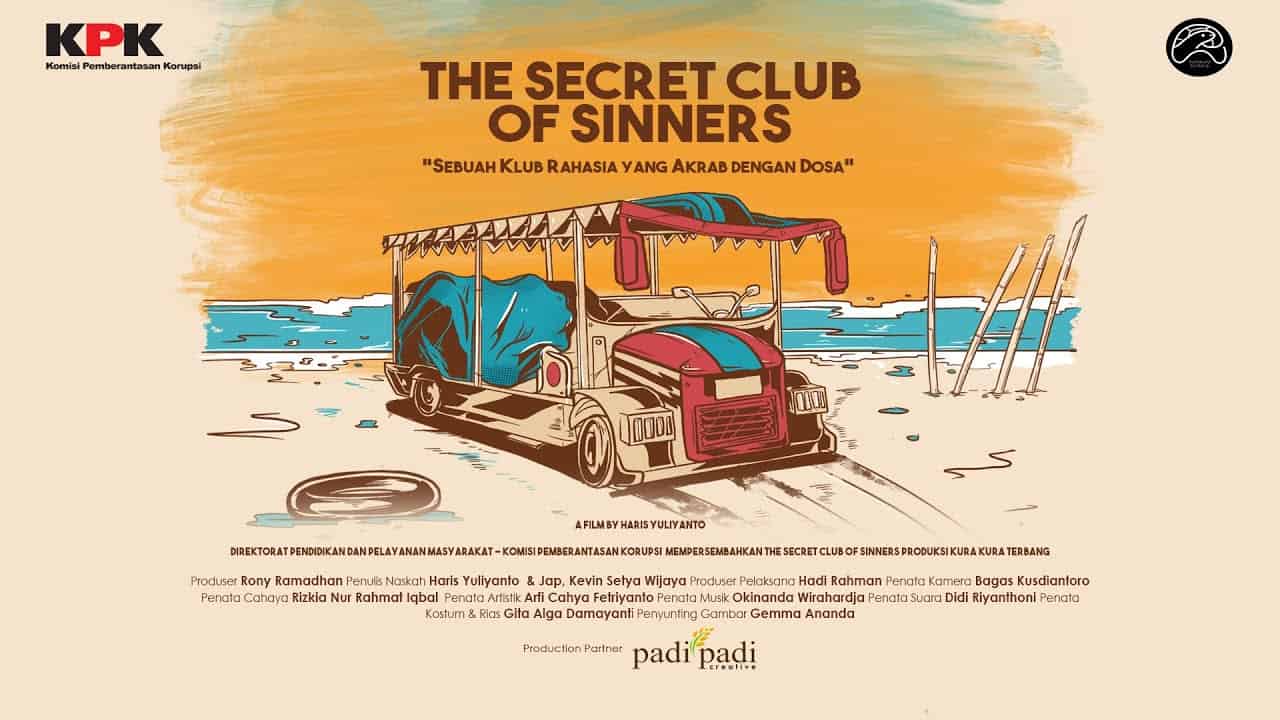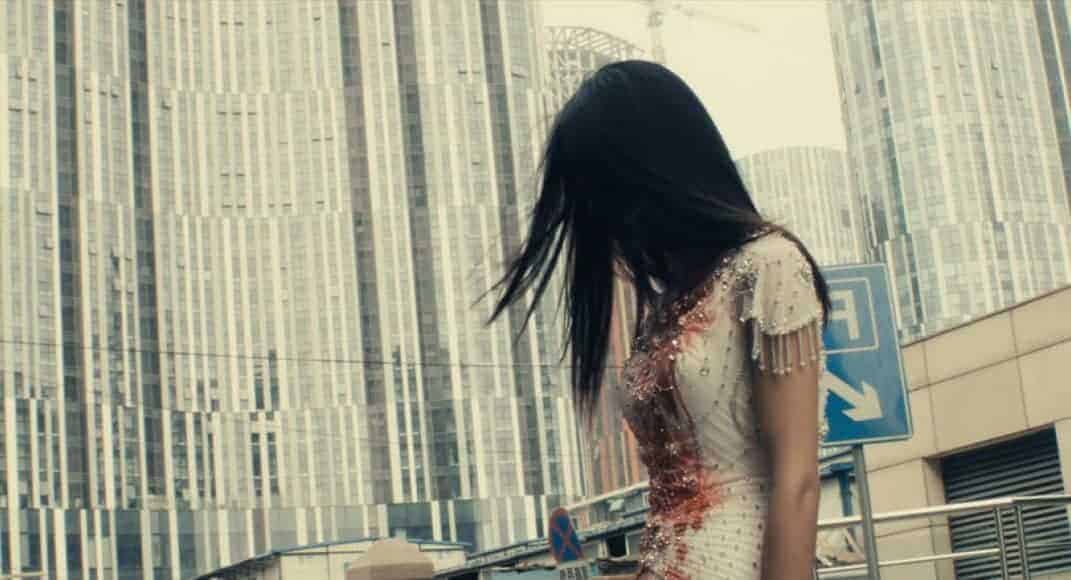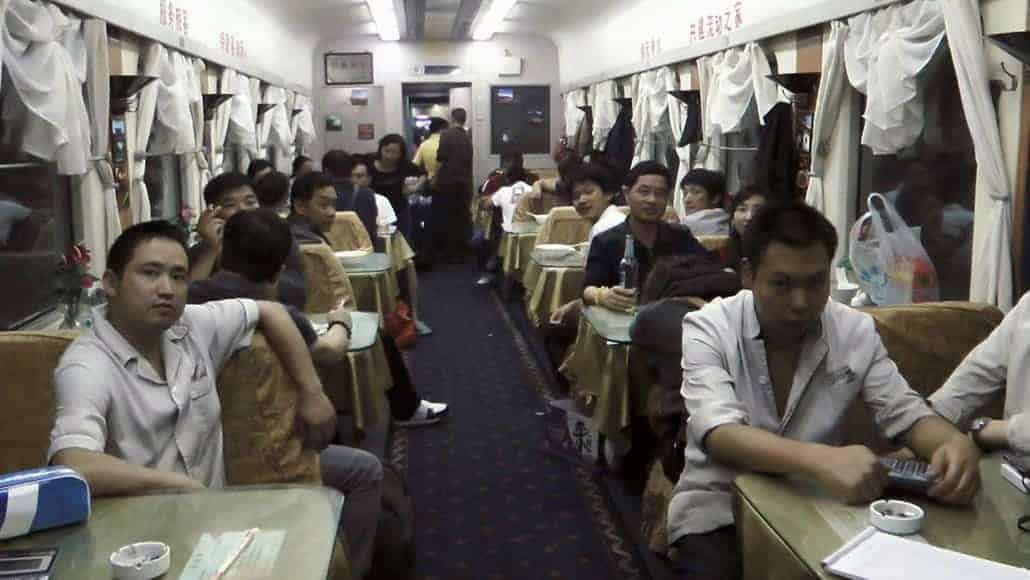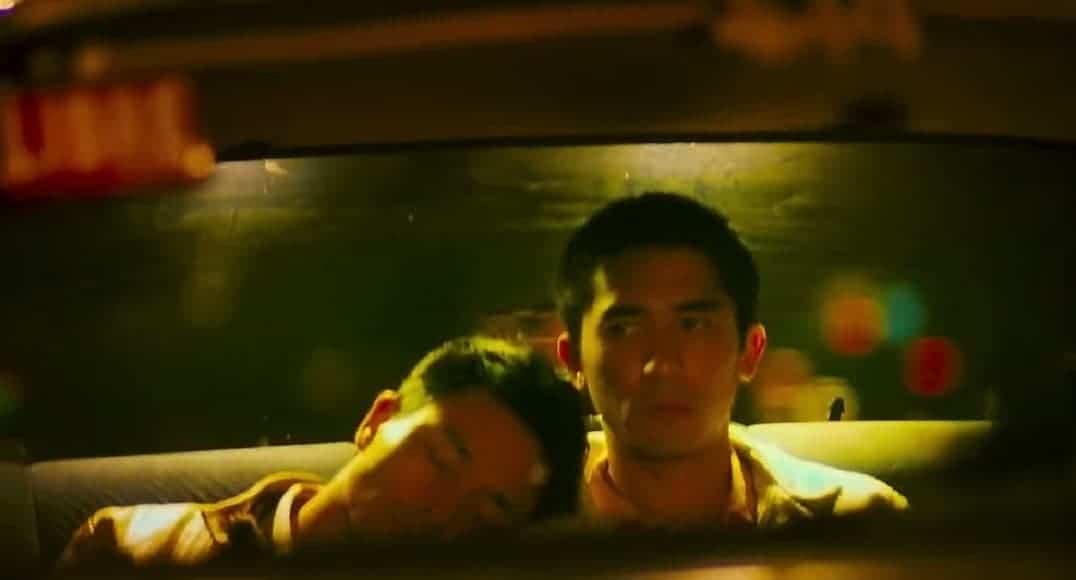After he had acted in many short features and projects such as Guillaume Tauveron's “Beyond the Blood”, actor Hiroei Ishihara become increasingly fascinated with European culture, in particular movies which he considered more creative than those from his home country. Inspired by the tradition of the French Grand Guignol theater, a place which had a significant influence on horror literature and horror in the visual arts, he decided to become a producer in a project which would be titled “Tokyo Grand Guignol”, an episodic horror movie consisting of four episodes directed by French directors, which would take place in Tokyo. The production, with additional support by filmmakers such as Xavier Gens (“The Divide”, “Frontier(s)”), would show not only the variety within the horror genre, but also the multiple facets of Tokyo as a place full of excitement, legends and mysteries.
Buy This Title
In the first episode, we meet a young salaryman who is depressed after the death of his wife, but also angry as he suspects a group of Yakuza thugs to be behind the tragedy, after he was unable to pay back his debts. Upon meeting a recruiting officer from the Styx Agency, a company specialized in supporting those planning suicide, he admits, this is not the only tragedy that has befallen him, because he has also been experiencing the same day again and again. Eventually he hears about a similar case of a man, who managed to escape the time loop after killing another person, an enterprise which at first frightens the salaryman, but he finds more appealing since it gives him a reason to finally take revenge on the thugs.
During the second vignette, a young woman, after a long night at the clubs, comes back home to find an old hairpin in her apartment. After trying it on, she notices something disturbing about her reflection in the mirror, now a demonic, grinning grimace observing her. To make matters worse, the demon starts to kill whoever friend she tries to get to for help.
In the third story we also encounter demons of some kind, when we follow a ghost hunter prowling the nightly streets of the Japanese capital in search of ghosts hiding in the shadows. Little does she know, one of these creatures has taken a liking to the female hunter and now follows her wherever she goes.
Lastly, we meet a young man who has been dumped by his date for the night, after he had been rude and rather exploitative towards her. Angrily he curses loyalty and fidelity, and eventually damages the statue of Hachiko, the famous dog, who turns into a giant furry creature and bites the man. To his horror, he soon finds out he is about to turn into a werewolf, terrorizing the streets of Tokyo.
As with every horror movie which is divided into several episodes, the variety is both a blessing and a curse when it comes to the overall impression it leaves. There are those projects, for example George A. Romero's first “Creepshow”, which succeed not only in terms of craftsmanship, but also when it comes to narration and many other aspects, leaving an overall uniformly good impression, with no episode being an exception regarding quality. In the case of “Tokyo Grand Guignol”, while the narrative framework of the urban setting stays the same, there is quite a shift in quality with each segment, making the first episode the highlight of the quartet and the third the weakest.
Despite the shift in quality, there is no shortage of creativity and passion in the individual episodes. The time-traveling narrative along with the tale about demonic possession excel especially in using a specific aesthetic and narrative approach, combining it with the omnipresent urban setting and the diversity which is Tokyo's nightlife. At the same time, the reduction in space is perhaps a nod to the inspiration of the project as the setting of the apartment or the brothel has a certain stage-like quality to it, which is highlighted by the individual cinematography and use of lighting in these episodes. Additionally, the use of black humor, in particular in the tale of the werewolf is a welcome relief in the otherwise quite serious and dramatic stories in each episode.
What makes some of the narratives stand out is their approach to Tokyo not as a mere background, but as a character in its own right. From turbulent chase sequences within its narrow streets, the chaos of light which is Shibuya and the general air of mystery looming in the night, each director finds a distinct approach to the city, combining it with a formula or creature coming for the genre. With the category itself being a mixture of the absurd, the terrifying and the imaginative, the project highlights these traits as inherent in the city of Tokyo whose nights have many stories to tell.
“Tokyo Grand Guignol” is a solid collection of short horror features, all of which set with the nightly streets of the Japanese capital as its backdrop. While not every episode convinces when it comes to storytelling and pacing, there are certainly episodes which stand out and will likely leave quite an impression with the viewer.


